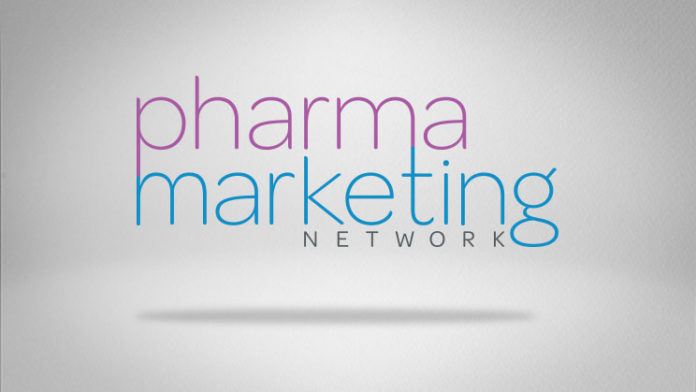As you no doubt know, FDA is hosting a public hearing on pharma’s use of social media for Rx drug (and device) promotion next week (see here). I will be making two presentations at that meeting (see speaker schedule here):
- 9:30-9:45 AM on Thursday, Nov 12 (following PhRMA)
- 10:20-10:30 AM on Friday, Nov 13
You can find my presentations here (warning: BIG pdf files):
- Part 1, covering FDA issues 1 (Accountability) & 2 (Fulfilling Regulatory Requirements)
- Part 2, covering FDA issues 3 (Posting Corrective Information) & 5 (Adverse Event Reporting)
These presentations summarize most of the results to date of the ongoing survey I have been running since 20 September 2009 (find the survey here). The survey includes all 19 questions for which FDA seeks answers. There were 354 respondents as of 1 November 2009.
Some key points I will make include:
- Media agnostic regulations are not popular among industry experts.
- The “One-Click Rule” is desired by the industry. However, most often it takes two clicks to reach the approved labeling (PI). Since the PI is virtually unreadable, there needs to be a better way to provide the fair balance regardless of the number of clicks!
- There are some ideas for dealing with space limitations imposed by certain social media apps.
- DISCLOSURE of involvement with or influence over 3rd-party social media content should be prominently displayed alongside relevant content when possible.
- Each company should have a Public Social Media Policy (SMP) that includes a notice of its transparency/disclosure and other policies relating to social media. [Just like every pharma company has a public privacy policy that applies to all its product Web sites, each pharma company should have a public SMP that applies to all its social media activities, whether owned or sponsored by the company.]
- Companies should monitor social media sites for unauthorized use or modification of its approved content and make a best effort to remove or correct the content. But they should be REQUIRED to do so only for sites owned or directly sponsored by them.
- Vast majority of “Adverse Experiences” reported on social media sites do NOT meet the requirements for AE reporting.
- Although there are monitoring tools available, the resources required to monitor all social media sites for adverse events are not justifiable.
- Consequently, few companies have standard operating procedures for processing adverse event information from social media sites.
- However, pharma companies can help consumers report adverse events directly to the FDA using social media tools such as widgets placed on drug.com Web sites.
- Some innovative ideas for fulfilling regulatory requirements to submit social media promotional materials to FDA were suggested, including:
- Register sites with FDA for agency to monitor
- Submit “template” (design and/or sample content) of social media site to FDA for pre-approval/approval
- But there was no consensus opinion about satisfying regulations regarding submission of social media promotional materials.
- Too stringent regulations will prevent companies from carrying on two-way social media conversations with consumers and HCPs. Such conversations can have a beneficial impact on public health, especially when clarifying or correcting misinformation.
While I am in favor of some new and relaxed FDA regulations/guidelines regarding pharma’s use of social media, I am also in favor of HIGHER standards, the development of which should be a collaborative effort among all stakeholders. That is, FDA regulations merely define the BASEMENT level best practices that pharma needs to adopt for effective use of social media. I believe there is a need to look beyond the FDA and start building the FIRST & UPPER FLOOR level best practices. More about that in later posts.
Right now, all eyes are focused on the FDA. No matter what guidelines the FDA comes up with, I will continue to “out” pharmaceutical marketing worst practices on this blog.









![6 Digital Tools at the Center of Healthcare Digitalization [INFOGRAPHIC]](http://ec2-54-175-84-28.compute-1.amazonaws.com/pharma-mkting.com/wp-content/uploads/2021/04/6DigitalTools_600px-100x70.jpg)




